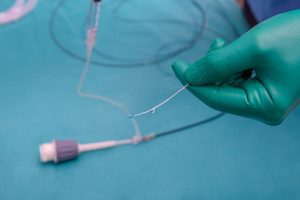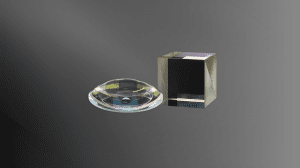Key Takeaways:
- Laser optics in skincare are crucial for procedures like tattoo and hair removal, as well as skin rejuvenation, by targeting specific chromophores with controlled wavelengths and pulse durations.
- Tattoo removal involves pulsed dye lasers breaking ink particles for immune system removal, while hair removal lasers target hair pigments with minimal skin irritation.
- Ablative and non-ablative laser treatments, including fractional photothermalysis, offer options for significant skin improvements and quick recovery by stimulating collagen production and ensuring precise, localized effects.
Laser Optic: Skin Rejuvenation and Tattoo Removal
Sun exposure may do a number on skin, but that doesn’t mean all light is detrimental. In fact, laser optics for skin care are the secret behind many highly effective cosmetic procedures that lead to more youthful, clearer skin.
Hair removal, removal of age spots or tattoos, elimination of fine lines or acne scars and stimulation of collagen can all be accomplished with special lasers that target chromophores in the skin. Laser wavelength, pulse duration, and pulse intensity are carefully controlled to ensure optimal results and minimal undesired effects.
Laser Optics in Skincare: Tattoo Removal in Focus
One example of laser optics in skincare is tattoo removal. A tattoo consists of ink, or pigment, placed by means of a needle in the dermis, the second layer of skin just under the epidermis. Small foreign bodies would be overwhelmed by the immune system and removed, but the dense ink is too much for the body’s clean up crews to handle. That’s what makes them so permanent.
In tattoo removal, a pulsed dye laser is used to break up the larger ink particles underneath skin cells. This enables them to be overwhelmed by white blood cells, which carry it away and dispose of it in body excretions.
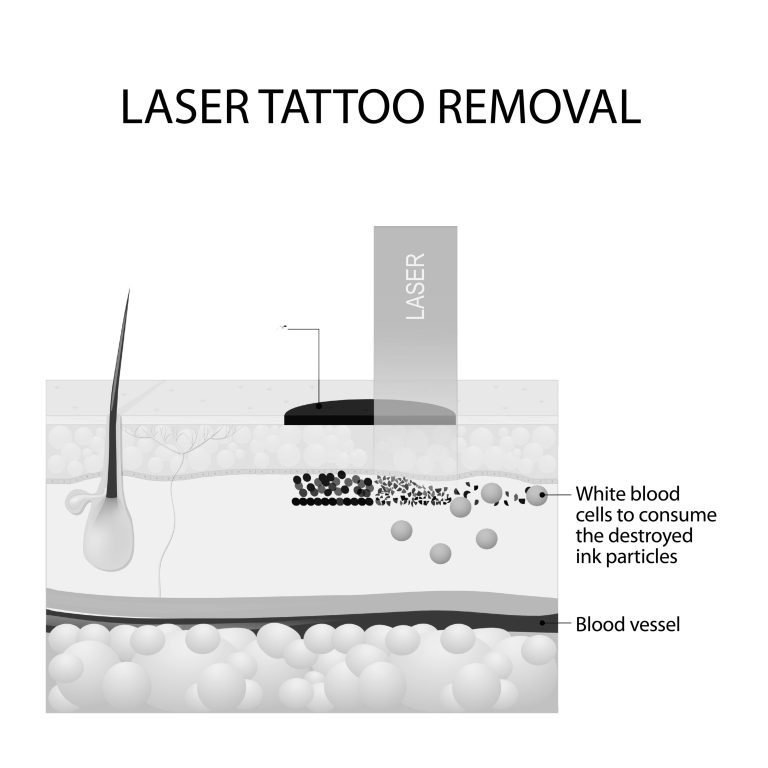
There are several different ways to accomplish this laser treatment. One way uses two lasers; a solid state Alexandrite crystal laser and a rare-earth neodymium-YAG (Nd:YAG) laser. The image below shows a possible way they can be set up so that the Alexandrite laser pumps the Nd:YAG laser and they both form one system. This is important because different laser wavelength can remove different pigments. The Alexandrite laser is capable of removing blue, purple, and green tattoos, and the Nd:YAG laser can remove black, red, orange, and yellow.

Laser hair removal can be accomplished in a similar way. The pigments in the hair are targeted by laser, which is able to remove it by the roots. Since the skin is left intact, redness and soreness are minimal.
Ablative Laser Treatments and Fractional Photothermalysis
Laser skin care treatments can be divided into two categories: powerful, ablative lasers that vaporize tissue and gentler, less invasive nonablative procedures. Non ablative lasers can minimize wrinkles and fine lines on the skin, treat dyspigmentation, and improve the skin’s texture and tone to a certain extent. Results are limited, but recovery is quick. For skin care procedures where more dramatic results are desired, ablative therapies may be a better choice. Ablative laser handpieces often include a cooling system that uses contact conduction, evaporative spray, or convection air flow cooling to minimize any thermal injury to the surrounding skin.
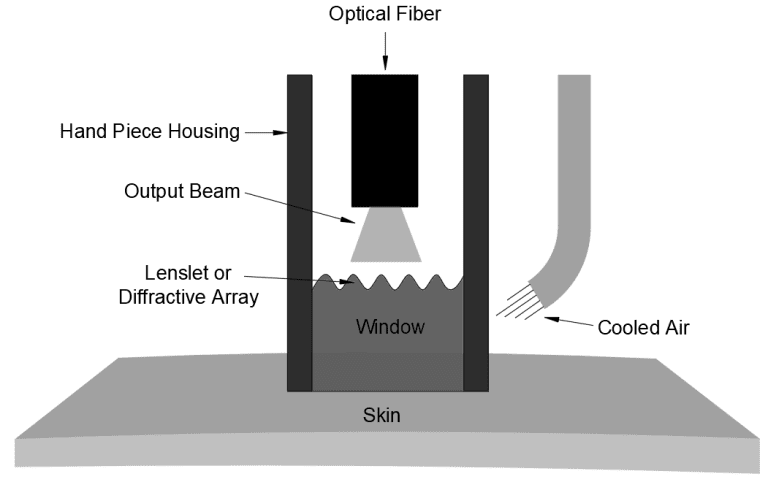
Since ablative treatments are more invasive, care must be taken to ensure optimal recovery. One way of accomplishing this is with fractional photothermalysis. Imagine a microscopic grid marked on the skin, dividing it into small squares that might be the equivalent of pixels in imaging. Disconnected squares are targeted by the laser, leaving untouched skin surrounding each microscopic treated area. The untreated areas keep the skin stable, enabling fast recovery, while on the treated segments destroyed tissue is quickly replaced by vibrant healthy new cells.
To accomplish this, the skin resurfacing laser beam is shaped to produce a large-diameter beam with a non-uniform energy profile: high-intensity zones surrounded by other lower intensity beams. Diffractive or refractive lens arrays, axicon lenses or special configurations of a fiber bundle may be used to shape the beam.
Skin rejuvenation is one example of a skincare procedure that uses fractional thermoanalysis. Ablative laser skin resurfacing removes the epidermal layer of fractional areas of skin by superheating water molecules within the skin cells, effectively vaporizing them. The treatment can stimulate collagen production and retraction of the dermis and epidermis, leading to a ‘filling in’ effect and skin that looks tighter, smoother and more youthful.
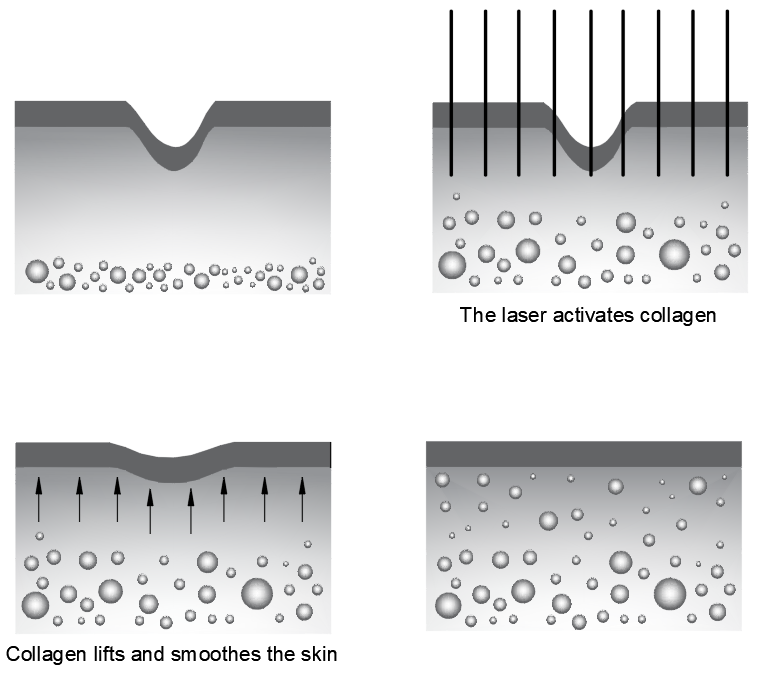
At Avantier, we produce custom optics for state of the art laser assemblies, including those used in skin care. Contact us today for your next project.
GREAT ARTICLE!
Share this article to gain insights from your connections!




